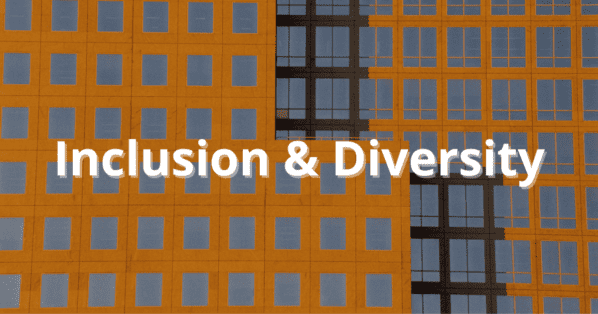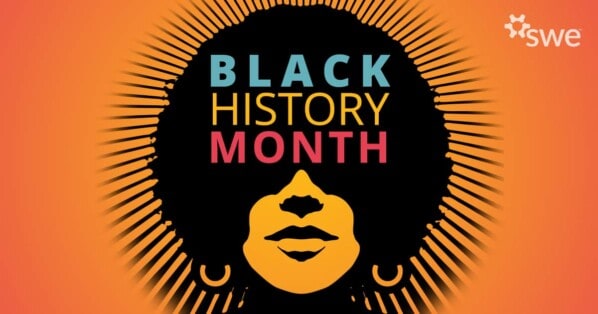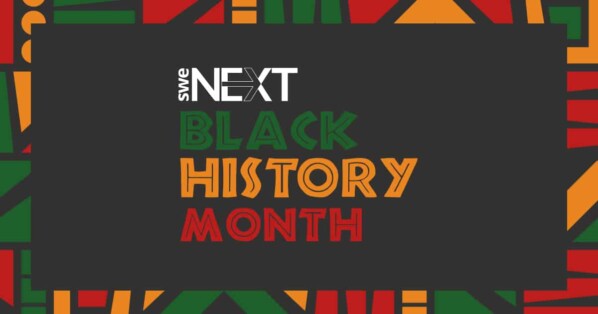This article was first published on Forbes.com as part of the Forbes Nonprofit Council, top nonprofit execs offer insights on nonprofit leadership and trends. Forbes Nonprofit Council is an invitation-only organization for chief executives in successful nonprofit organizations.
By Karen Horting, Executive Director & CEO at the Society of Women Engineers (SWE), overseeing global initiatives in support of women in engineering and tech
The recent firestorm created by the memo from a Google engineer struck the nerve of workplace diversity in a painful way. The article led many people to denounce the employee for a harmful generalization that continued decades of pigeonholing of women as non-technical, non-scientific employees incapable of performing key coding, engineering and technical jobs that today’s economy relies on.
Rather than re-litigate an argument that we know has already been won, let’s focus our efforts on how to create meaningful diversity in today’s workforce that helps companies grow and remain profitable.
Nonprofits are in a unique position to take a supportive stance on the subject and proactively collaborate with for-profit organizations to create innovative programs that make a real dent in difficult workplace problems like diversity and inclusion. As a leader within an organization that focuses on supporting women and minorities, diversity and inclusion are a natural fit for my team and me. But, there’s an opportunity for other nonprofits to lend their voice and expertise as well, regardless of their focus.
At Society of Women Engineers (SWE), our focus on a real-world solution is a decidedly female-oriented approach. What we have found in our experience, however, might surprise you: The key to diversity in the workplace is men — specifically, white men.
It might sound counterintuitive coming from an author who works for the Society of Women Engineers (SWE), but the more we work to achieve diversity, the more we realize the important role men must play in achieving this.
Before I get into specifics, let me clarify that this in no way should be interpreted as backtracking on the progress women and minorities have made, nor is it a “get out of jail free card” for the men who built and reinforced the very glass ceilings women across the globe have worked to break. This article will not resonate with those men.
But to those men who understand how diversity helps any business succeed and to any business who sells, or seeks to sell, its product or service to women and minorities, this article is for you.
At SWE, we have implemented a program called Men as Diversity Partners, based on the very premise that, for business to achieve the promise of diversity, men must be willing partners in this pursuit. To come up with this solution, we talked to a lot of men about diversity in the workforce and we listened to them. These men fulfill leadership roles at organizations that are part of SWE’s Corporate Partnership Council. They have helped lead diversity efforts at some of the largest and most complex companies in the industry. They have insightful information to provide on diversity in the workforce and why organizations need to support these efforts to achieve success. Here’s what they remind leaders:
Diversity Benefits Everyone
Diversity is not an issue that just affects minorities or women. Diversity is an issue that affects the entire workforce. Ken Barret, global chief diversity officer at General Motors, encourages leadership to recognize that your company is better when men and women work together. “Recognize that company policies that encourage diversity usually help all employees — including white men. Men and women each bring unique strengths and backgrounds to a task and when combined, these forge a better outcome.”
Everyone has Unconscious Bias
Unconscious bias can affect everything from hiring, promotions, performance evaluations and compensation in the engineering workplace. When individuals feel they are being treated unfairly and not being evaluated or compensated based on merit, they no longer want to be part of that organization.
To avoid bias, Barret recommends implementing programs in which women mentor men to uproot unconscious bias. “We implemented a program like this to identify fast-tracked male employees and connect them with senior women executives. Everyone has some bias, but learning how it affects hiring decisions, for instance, can help male executives better understand how their decisions have been made in the past.”
Diversity Programs Must be Diverse
Having a diversity program catered to a specific group of people is a start, but to really drive home the effectiveness of the program, it must be diverse at its core. Ensuring diversity in his company’s women support groups and committees is a priority for Rick Naples, executive vice president and chief regulatory officer at BD. He says, “A committee set up to achieve diversity that is all women, is doomed to fail. Encourage more men to participate in these committees. Because without men involved, your effort won’t achieve true diversity.”
Expand Your Talent Pool
At a time of high demand for diversity, organizations are seeking new recruitment strategies to expand the talent pool. Re-entry programs or adult internships, like the STEM Re-entry Task Force, seem to be serving that purpose. Barret agrees: “Support re-entry programs. Recognize that talent may not come in the form of new college graduates — women who left the workforce to raise a family or care for a family member are excellent contributors to your company — do not ignore them.”
Naples supports this notion, re-entry program or not. He says, “Realize that the ideal job candidate may not have 100 percent of the qualifications for the job — I had only 70 percent of the job requirements for one of my recent positions.”
Operate with Empathy
Empathy in the workplace translates to effective leadership and success. Ernest Adams, vice president of global diversity and inclusion at Danaher Corporation, indicates that men in the workplace should evangelize respect and practice inclusive behaviors: “Operate with empathy and understand that even if you haven’t walked in a woman’s shoes, you can still understand what she went through to get there.
Nonprofits live, breathe and are made possible by our for-profit partners. I can’t think of a better time than ever to sit down around the table together, united as men and women after a common goal to figure out how we can achieve a more inclusive and comfortable environment for all — an environment that, without diversity, will not reach its fullest potential.
Author
-
![What Role do Men Play in Creating Diversity in the Workplace? [] SWE Blog](https://alltogether.swe.org/wp-content/uploads/2021/10/swe-favicon.png)
SWE Blog provides up-to-date information and news about the Society and how our members are making a difference every day. You’ll find stories about SWE members, engineering, technology, and other STEM-related topics.






